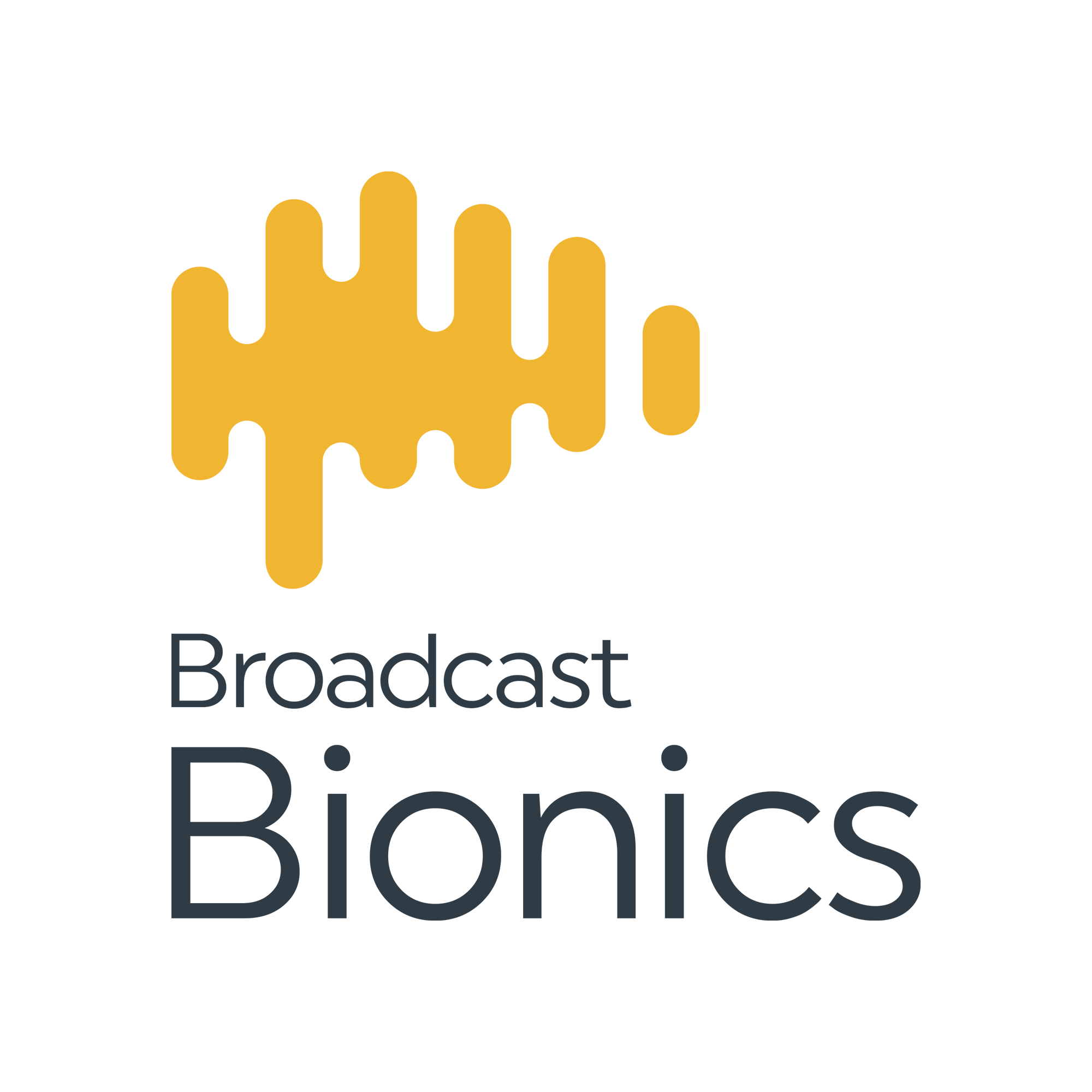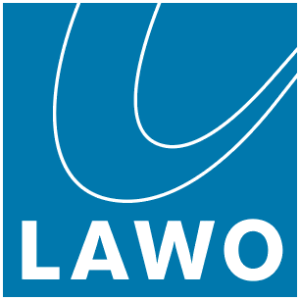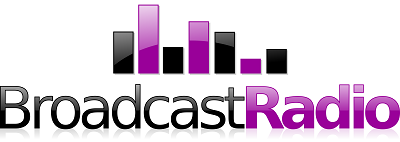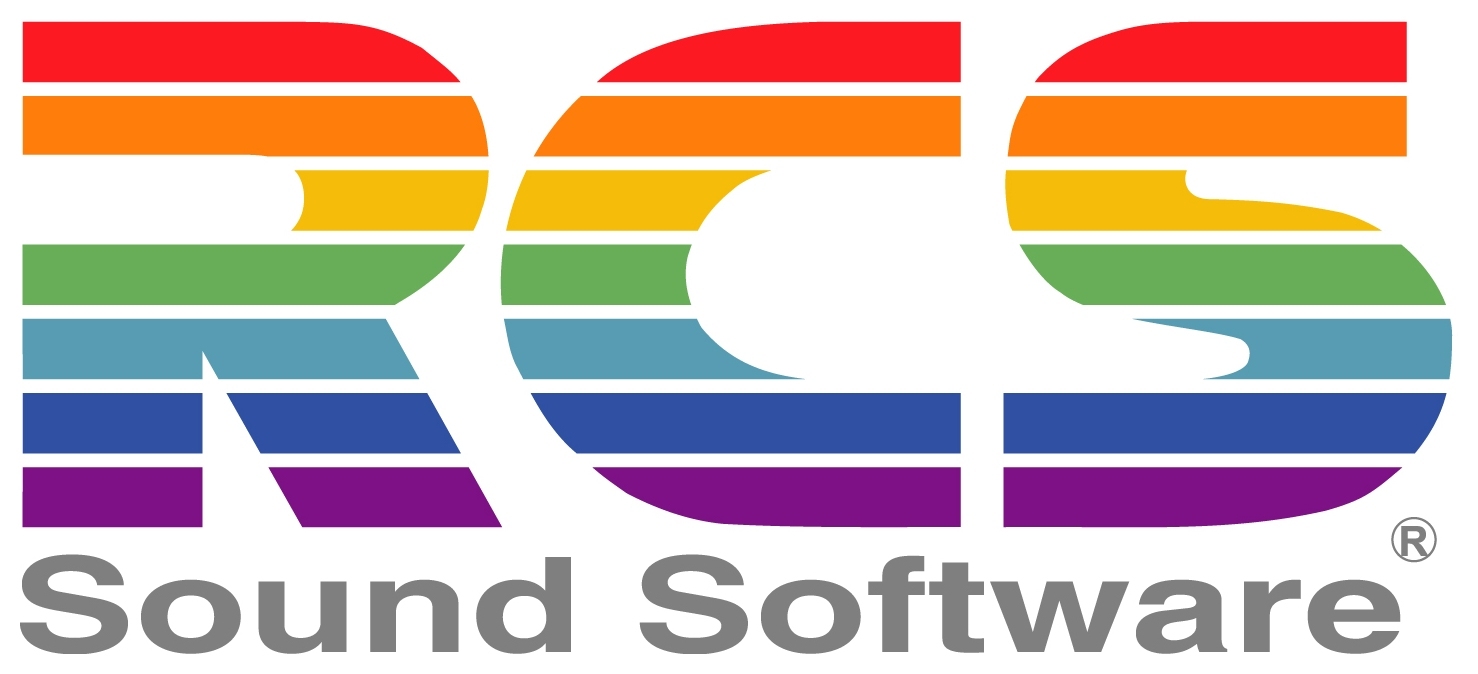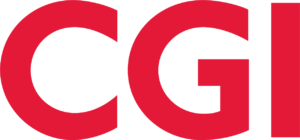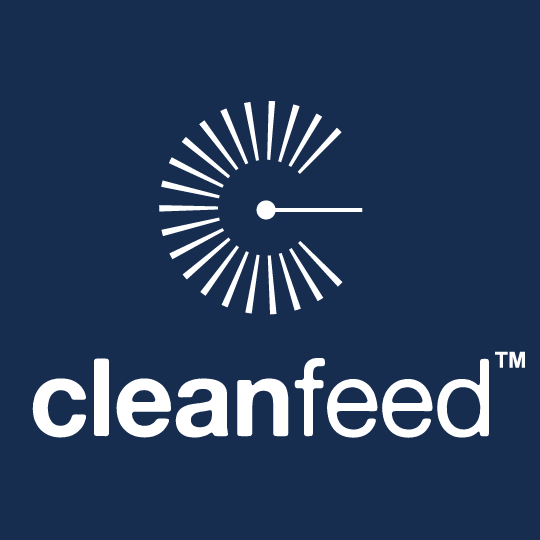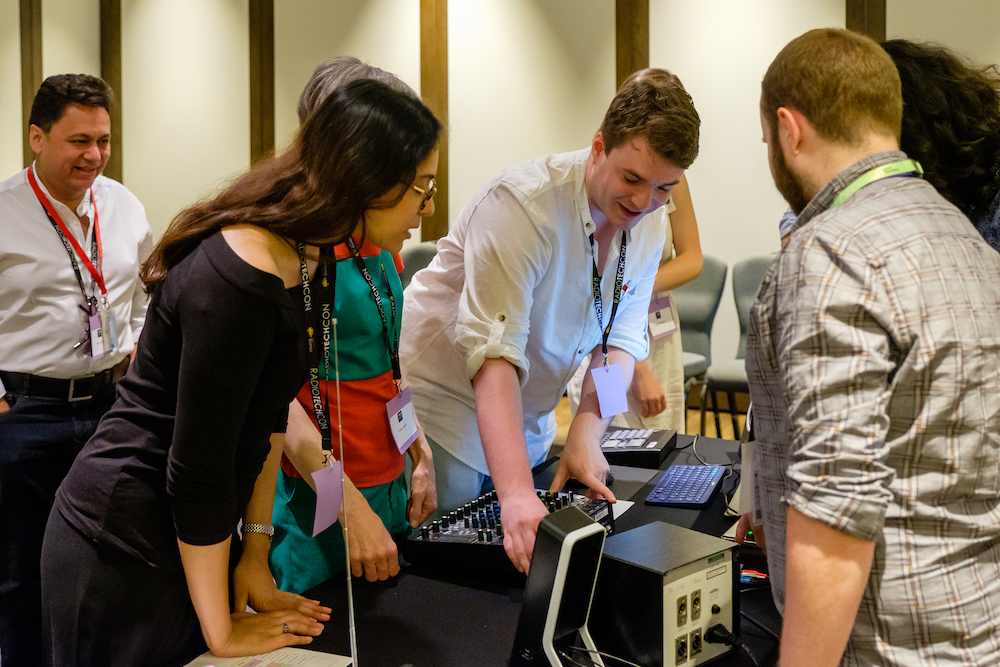
Credit: Rupert Brun
How the radio industry is dealing with Coronavirus / COVID-19

The UK radio industry is one of rapid change and development. Recent weeks have been no exception. As working practices around the world quickly change to reduce the number of people required to leave the house, broadcast engineers up and down the country have responded with solutions to a range of broadcasting situations – everything from pre-recorded ‘as-live’ shows to live programmes with presenters and producers based at home.
This article is a collection of some of the methods being used around the industry. Whilst this is not an exhaustive list, it is a useful guide for any stations who may be struggling and in need of some ideas, or any radio-geeks who want to know a bit more about how it’s all working. So, in no particular order…
Voice Tracking
Some playout systems already come with solutions to voice track remotely. Depending on the exact setup, this may be done as close as a minute or two before the link is due to broadcast. This means for many shows on these playout systems, the only requirement is a high (enough) quality mic to be able to record links (either straight into the webpage or into some editing software to then be imported into the playout system).
Tech wise, there are a few options here:
- USB Mics – the AT2020USB(+) or BlueYeti USB mics both sound nice on air.
- USB Mic interfaces with a studio mic – Focusrite’s Scarlett range (especially the Solo and 2i2) are favourable.
- Portable Recorders (where there is a bit more time to record, copy, edit and then upload such as bulletins or reports for news, travel and weather) – the usual selection of Zoom, Tascam, Marantz, etc.
One key advantage to this method is that it often means the broadcast doesn’t need to go through a studio – an automated playout machine can go straight into the broadcast chain. Remote interfaces often allow the presenter/producer to still tweak and adjust segues and timings to their taste as they insert voice tracks into the log.
Remote Producers
In some cases, in order to keep producer teams separated, producers have been remote working while presenters continue in the studio. This can be achieved through video call and conferencing software, similar to those in use to keep teams connected and communicating while working from home. Some examples are: Facetime; Zoom; Bluejeans; Skype.
Shared documents, remote PC connections and access to studio systems through VPNs all enable the producer to complete their usual studio tasks from home.
Remote Live Presenters
There are a variety of reasons many shows/stations need to remain completely live, and driven from a studio. They could be talk based; interacting with callers; running a competition; or multi-presenter shows more reliant on live interaction with each other.
This does, however, pose a harder challenge. Having a remote presenter is nothing new – outside broadcasts have been successfully achieving this for many years. Having a lot of remote presenters throughout the schedule, from different locations, with different technical abilities, home setups and environments, is where it gets difficult.
The basic requirement for any remote presenter is simple: a mic; a 2-way connection; a pair of headphones. There are many different ways to achieve this, the ‘best’ depends on the situation and infrastructure – both at the presenter’s home and in the studio.
ISDN
Whilst it is on its way out, ISDN is not quite dead yet. Some presenters may have ISDN lines installed from years of broadcasting and needing connectivity in home studio set-ups, or may have acquired a connection more recently. For those that have it, a portable ISDN codec (such as a Glensound) can be used to dial back to the studio’s ISDN codec.
IP
This can largely be split into two categories – web (browser, PC or app)-based (at the remote end) solutions, and hardware (at either end)-based solutions. The balancing act here is reliability over ease of distribution. Web-based options are much easier to deploy to a lot of people and install easily without buying expensive kit, but dedicated hardware can still be more reliable and, in some cases, more intuitive to less technical users.
IP (Browser/PC/App)
There are multiple IP-based solutions which allow the remote presenter to simply load a link in their browser or open a bit of software, and they can connect in to another user, potentially from/to anywhere in the world. If the other end is a PC in the studio environment, they can link directly into their broadcast as though they were in the room (internet connection dependent).
There are a few providers here (and more than are detailed below), each with their own advantages and features.
- ipDTL – depending on licence level, can have multiple presenters/contributors connected into the same device in the studio, making it easier to operate. It can also record different sources, or a mix of sources within the interface, and has an option for playing clips down the line as well. It also has the option to share video on a simple 1-to-1 connection.
- Cleanfeed – presenters/guests just need to be sent a link (they don’t need an account) and they’ll be connected. It also allows for recording audio sources, and playing files back in.
- CallMe – this usually requires a dedicated codec at the studio end (either a CallMe unit, Comrex or other compatible options). The remote presenter can then just open a web link, hit connect and they are done.
- Report-It/Tieline – more aimed at mobile phones, Report-It can be used to get a high quality connection via a mobile app. This also requires a dedicated codec back at base (specifically a Tieline codec).
- LUCI reporter software – apps for mobile, PC or Macbook that can be used to connect to LUCI studio software as well as other as to RTP or SIP codecs such as Comrex or Telos for live audio links.
Generally, these solutions use Web RTC and provide a higher quality connection than the collaboration/conference call platforms as they are more focused on broadcast audio. Some of these offer a mix of free options and licensed options.
Equipment wise, these systems need similar remote kit to voice tracking – a computer with some form of USB mic interface.
An additional interface that is being used in some stations is the RØDECaster™ Pro USB mixing desk. This gives the presenter the opportunity to remotely play in a few hotkey buttons, take calls with guests and mix in a few other setups. Useful for the jocks who are used to having a lot of control at their fingertips.
IP (Dedicated Codec)
Where a more stable or solid connection may be required, a dedicated IP codec can be deployed. Again, there are multiple options available. The ‘best’ choice here mostly depends on what hardware is already available and set up for the station.
- Comrex (Access/NX) – the smaller, portable remote siblings of the rack units found in many radio stations. These can be set up to auto connect/reconnect on failure. They also have many options that can be adjusted for best performance and audio quality, depending on the internet connection.
- CallMe (codec at both ends) – as well as the web-based CallMe offering, it is also possible to get a small physical box that has audio I/O and a network port. They have buttons on the front which can be set up as ‘speed dials’ to connect into other CallMe units or IP codecs (including Comrex rack units).
- Tieline ViA – Tieline’s equivalent to the Comrex portable units, these are small mixer units that can be set up to connect to Tieline’s rack units.
- LUCI studio software – software for PC or Macbook to replace or work alongside other hardware codecs, with ability to receive up to 64 simultaneous streams per licence.
Larger stations/companies are deploying a mix of ISDN and IP solutions. Different presenters have different connection stability and technical capabilities, as well as different stations having different requirements and priorities. For example, talk stations are more likely to rely on ISDN or IP Codecs as they need reliable, stable, high quality audio. On the other hand, CHR/music stations with often short, snappy links and beds underneath can comfortably use web-based solutions as the speedy links and beds can cover any slight hiccups in connection or audio quality. It’s also easier for them to have one system they can quickly deploy to all presenters.
Improving Home Set-Ups

Credit: Vincent Lo
Most homes are not usually set up for broadcasting, so may need a few tweaks to improve the environment, in the same way any home office needs setting up well to be effective.
Internet Use
If using an IP based broadcast, it is important to have a stable, reliable, and fast enough connection.
First, the speed requirement depends on what method is being used, but around 10Mbps download and 7Mbps upload is a good general minimum connection speed.
As well as the speed, reliability is key. A breakfast presenter could find they sound great on air well into their show and then suddenly everything starts dropping off and sounding rubbish – just as their family/kids have started getting up and using phones, computers or games consoles to stream video, play games, etc. Making sure everyone in the house knows when the broadcast is happening and avoids using the internet during this time is important.
Additionally, there are a few options to boost the internet connection. Portable 4G/5G hotspots/routers can help (especially if they have the option to be connected to the local network as well) as, with many people at home on WiFi, mobile networks are much clearer of traffic currently. Some (such as Wired Broadcast’s Mediaports) use multiple SIM card slots to spread the connection across multiple networks, though these often require some hardware to be set up on the internal network of the station.
Location within the Home
Finding a good spot in the house is crucial – it needs to sound good, have a good internet connection and be quiet and private so as not to be disturbed.
For internet – a room close to the router, or somewhere a wired connection can easily be set up. The further from the router the presenter is, the weaker the WiFi signal will be, increasing the likelihood of drop-outs on air.
Sound wise, avoid large rooms with large windows or hard floors. Smaller rooms with lots of soft furnishings, carpet and curtains reduce echoes and other unwanted sounds.
Finally, privacy for the duration of the broadcast should be considered. Whilst for some shows, being interrupted by a pet, child or another family member may add to the on-air content, for others it could ruin a key moment. Presenters should make sure their family knows the boundaries of when they can/can’t go into the studio space, and any pets are kept away.
Audio Treatment
Some houses simply don’t have a space that sounds good. Duvets, pillows, cushions and other soft items can be useful for quick, make-shift acoustic improvements! They can be used to block sound around the back and sides of the mic, the back and sides of the presenter, or above.
The quickest and easiest way is to record under a duvet (as long as it doesn’t get between the presenter and mic), but this may not be the most comfortable. However, this can also be a good opportunity for a fun pillow-fort building session with some bored kids!
Stay Safe
As shown, there are many ways to achieve presenting, producing and generally broadcasting from home. The tech available allows for flexible, adaptable working practices. The thing that is common to all of these solutions is that they are being used to keep presenters and everyone else in the industry safe and well – and that should be the priority for all stations, large and small!
If solutions can be found to keep everyone safe and maintain even some level of (live) broadcasting, then that is a bonus.
Other sources of help
You may find these other blog posts useful:
- Emergency preparedness for radio stations during COVID-19, by Ann Charles
- 12 tips for creating a safer studio, by Inside Radio.
- Twitter thread of home presenter setups for inspiration
There are also two industry schemes for those needing financial support:
- The Radio Academy Audio & Radio Emergency Fund, for anyone working in UK radio who needs an emergency grant.
- The IET’s Foothold scheme, for IET members with family savings of under £16,000.
How Radio TechCon is helping
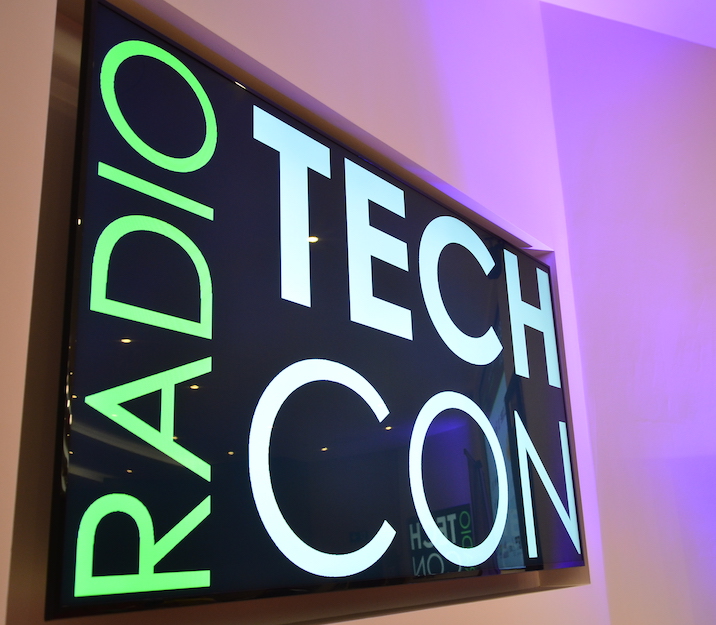
- We have contacted the Community Media Association and the Hospital Broadcasting Association to offer the services of the Radio TechCon committee to stations who are struggling to set up remote studios
- We are coordinating a list of freelancers with radio technology and broadcast engineering experience who are able to provide (paid) back-up if stations need extra hands on deck. Please share this widely, as we know that work has dried up for some self-employed members of our industry.
- We have a Facebook page – if you need help with a technical query, do post there. Job offers are also welcome!
Stay in touch
To be the first to hear the latest Radio TechCon news and event date announcements, please add your name to our mailing list below.
- Disclosure: Some of the companies mentioned above have sponsored or exhibited at Radio TechCon events in the past, but that has not affected any of the suggestions listed. This list is not exhaustive and does not replace specialist technical advice – please make decisions which suit your station’s needs and budget.

